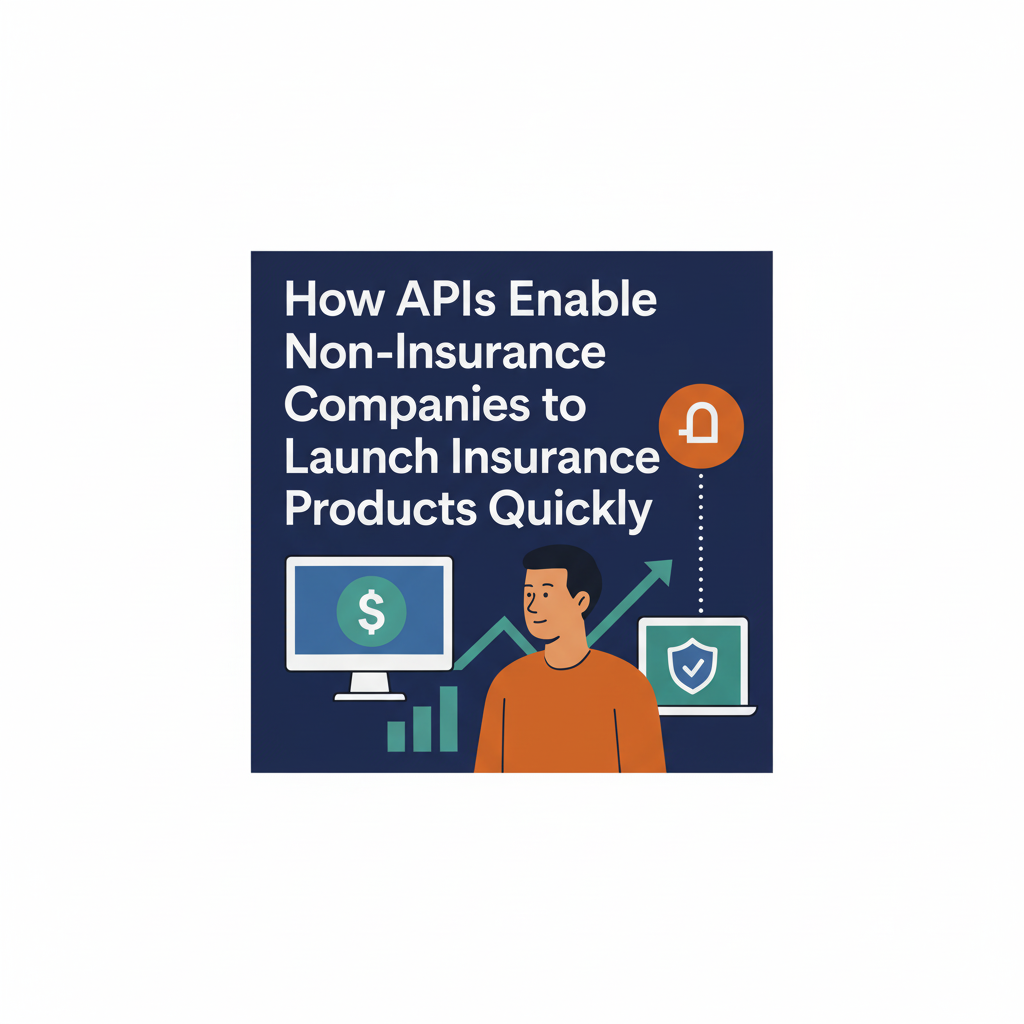What Insurance Teams Can Learn from Fintech’s AI Revolution
What Insurance Teams Can Learn from Fintech’s AI Revolution
Fintech, over the last decade, has transformed financial services from paper-heavy, slow and manual to instant, digital, and data-driven.
Today, payments move in seconds, credit decisions are made in real time, and fraud is detected before transactions clear. It’s no surprise that 72% of fintech startups plan to increase investment in AI-driven fraud detection in the next two years

Meanwhile, insurance, although steadily evolving, is still catching up. Claims can take days or weeks to process. Fraud slips through the cracks. Customer experience is improving, but not fast enough, causing teams to lag and be overwhelmed.
But this gap is closing fast and there’s good news: insurers don’t have to start from scratch. The same AI revolution that reshaped fintech and led to a growth of $14.13 billion in 2024 and is projected to take it to $17.19 billion by 2029 offers a ready-made playbook for insurers ready to leap forward.
Fintech has and is still making moves with AI; here’s how and what lessons insurance teams can apply right now.
Fintech’s AI Revolution: From Manual to Instant
A decade ago, banks and financial institutions struggled with the same challenges insurers face today; paper processes, limited visibility, and slow decision cycles. Then fintech happened.
Here’s how AI changed the game for fintech:
- Automated decisioning: Startups began using machine learning to score loans, verify identity, and assess risk in seconds and in turn, replacing days of manual review, channelling the time to more beneficial activities. Today, 70% of financial services firms are using Machine Learning to predict cash flow events and fine tune credit scores.
- Fraud prevention: AI models trained on millions of data points now detect unusual transactions before they happen, reducing fraud losses dramatically. In 2023 alone, AI-based fraud prevention tools reduced financial losses through fraud in fintech by 38%.

- Personalization: From buy-now-pay-later to microloans, fintechs used AI to tailor products to customer behavior and income patterns. Around 48% of fintech companies report the usage of AI for personalization of financial products and recommendations.
- Open APIs and data integration: By building API-first, fintechs connected legacy banks, wallets, and apps seamlessly and in turn, driving the embedded finance boom.
According to a Forbes report on AI and financial services, 37% of financial services firms globally have adopted AI to reduce operations cost, improve predictive analysis and scale up employee capacity to handle larger tasks.
Insurance has the same opportunity, but it doesn’t have to repeat fintech’s growing pains.
Insurance: At the Same Crossroads Fintech Once Faced
Today’s insurance ecosystem faces eerily similar challenges fintech once fought through:
- Manual claims processing: It is still mostly dependent on paperwork, manual validation, and multiple approval layers.

- Data silos: Fragmented customer data makes it hard to detect fraud or personalize policies.
- Fraud exposure: It’s easier to exploit delays and human gaps in claims handling.
- Customer frustration: There are long wait times, opaque processes, and slow communication.
A 2022 study showed that only 29% of insurers have an end-to-end digital claims process, which means a huge majority of insurers still use manual systems which are inefficient.
It’s a familiar pathway, but fintech has already written the next chapter.
4 Lessons Insurance Teams Can Borrow from Fintech’s AI Playbook
1. Build Around Data, Not Documents
Fintechs understood early that AI runs on clean, structured data. They invested in systems that made transactions and customer histories machine-readable.
Insurance teams can do the same by digitizing claims, centralizing customer data, and removing manual data entry. The cleaner the data, the smarter the models.
💡 Start with small wins; automate data extraction from claims documents and forms using AI tools like Curacel.
2. Automate the Mundane, Focus on What Matters
Fintech used AI to automate repetitive tasks like verification and KYC checks, freeing teams to focus on exceptions and customer relationships. AI-driven KYC systems can complete verifications quickly and handle thousands of applications simultaneously and efficiently.

For insurers, AI can flag potential fraud, fast-track low-risk claims, and let human teams concentrate on complex or high-impact cases.
💡 Automation isn’t about replacing people, it’s about empowering them to work smarter.
3. Integrate, Don’t Rebuild
Fintech’s biggest advantage wasn’t speed alone; it was flexibility. By using APIs, they layered AI on top of legacy systems without tearing everything down.
Insurance companies can follow the same approach by integrating AI-driven tools like Curacel for claims automation or fraud detection without disrupting existing systems.
💡 Integration-first strategies reduce costs, lower risk, and deliver ROI faster.
4. Learn and Adapt Continuously
Fintechs don’t treat AI as a one-time project, they build continuous learning loops. Every transaction, success, or failure improved their models.
Insurers should adopt this mindset by tracking AI performance, retraining models with real-world data, and measuring accuracy and customer outcomes over time.
💡 AI isn’t a product. It’s a practice that improves every day with the right feedback.
The Payoff: Efficiency, Trust, and Growth
When insurance teams apply fintech’s AI principles, the results speak for themselves:
- Faster claims: AI-powered workflows can reduce claims decision times by up to 70%.
- Reduced fraud: Real-time pattern recognition stops fraudulent claims before payouts.
- Happier customers: Automation shortens wait times and boosts transparency.
- Operational savings: Less manual review means lower administrative costs and higher margins.
At Curacel, we’ve seen insurers across Africa adopt AI to process claims faster, detect fraud earlier, and scale more confidently, proving that the next wave of insurance transformation is already underway.
How to Get Started (Without Breaking Everything)
- Audit your data: Understand what information you already have, where it lives, and its quality.
- Pick one use case: Start small; claims processing, fraud detection, or data extraction.
- Partner smartly: Use modular AI tools and APIs like Curacel that integrate easily with your existing setup.
- Create feedback loops: Track performance, monitor results, and keep improving.
- Scale gradually: Once the model works in one process, extend it across other functions.
The Bottom Line
Fintech didn’t just digitize finance, it reinvented it. Insurance can do the same.
The lesson is clear: start with data, automate intelligently, and learn continuously. AI isn’t a threat to insurance jobs. It’s a multiplier for efficiency, trust, and customer delight.
The revolution has already happened once. Insurance just needs to follow the trail.
👉 See how Curacel helps insurers automate claims, fight fraud, and deliver faster decisions. Book a demo →
Subsribe to our newsletter to receive weekly content


























.svg)







